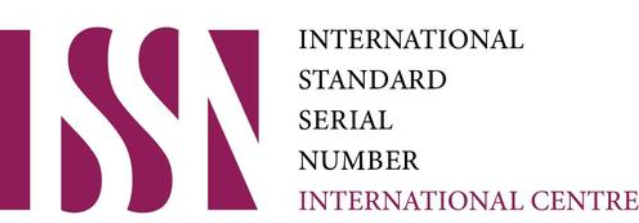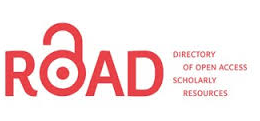The reviewing process demands a significant investment of time; crafting a review report can be nearly as labor-intensive as composing a manuscript. However, the effort is highly rewarding, benefiting both the reviewer and the broader community.
COPE Ethical Guidelines for Peer-Reviewers:
Reviewers:
The peer-review process

Peer Review Policy
Once a manuscript clears the initial screening, it is sent for peer review.
Before you accept or decline an invitation to review, consider the following questions:
If you accept to review, the materials you receive should be considered confidential documents. These should not be shared with anyone without prior authorization from the editor.
Before writing the review, please familiarize yourself with journal-specific guidelines (these will be noted in the journal’s guide for authors available on the link). Here are some tips about handling specific parts of the paper.
The Review: When reviewing the article, please keep the following points in mind.
Originality:
Significance:
Does the results hold significance? Are all the conclusions duly justified and supported by the obtained results?
Quality of Presentation:
Scientific Soundness:
Engaging for the reader: Do the conclusions captivate the intended readership of the journal? Will the paper appeal to a broad readership, or is it likely to be of interest to limited audience? (Please refer to the Aims and Scope of the journal.)
General Worth/Advantage of the Research:
Does publishing this work offer an overall benefit? Does the research contribute to advancing current knowledge? Have the authors addressed a significant, longstanding question through intelligent experiments?
Introduction:
Methods: This section should include the following, without subheadings, in an organised manner.
For patients, age, sex, and mean age ± standard deviation is provided. Statistical method employed are clearly mentioned and specifies any general computer program, if utilized.
Results:
Discussion:
Conclusion(s): Concisely recap the key findings of the study without overemphasizing them. Avoid introducing any findings or benefits that were not explicitly stated in the results.
Article Types Considered
(Original Research)
(Review Articles, Case reports, Short communication, Clinical notes, Mini-Review)
Submissions should consist of a critical, systematic review of literature addressing issues relevant to healthcare delivery. The reviews should concentrate on a specific topic.
Into Practice (Case Studies)
After ensuring the robustness of the methodology, analyze any presented data through figures, tables, or images to enhance reader interaction and deeper engagement with the research post-publication.
Your review plays a crucial role in the editor's decision to publish the article and provides valuable insights for the author to enhance their manuscript. Please maintain a courteous and constructive tone in your comments, avoiding ad hominem remarks or personal details, including your name. Provide clear explanations and support for your judgments to ensure both editors and authors comprehend the reasoning behind your comments. Clearly indicate whether your comments represent your personal opinion or are substantiated by data and evidence.
The Lahore Medical & Dental College Journal follows a specific format, such as a reviewer proforma, to provide instructions for structuring your feedback. Review form
Editor’s Decision:
The editor ultimately decides whether to accept or reject the article. The editor will weigh all views and may call for another opinion or ask the author for a revised paper before making a decision.



Print ISSN: 3007-9462
eISSN:3007-8393
J Lah Med Dent Coll is the Journal of Lahore Medical & Dental College.
Journal of Lahore Medical and Dental College © 2024 sponsored by Lahore Medical and Dental College is licensed under CC BY 4.0 .
